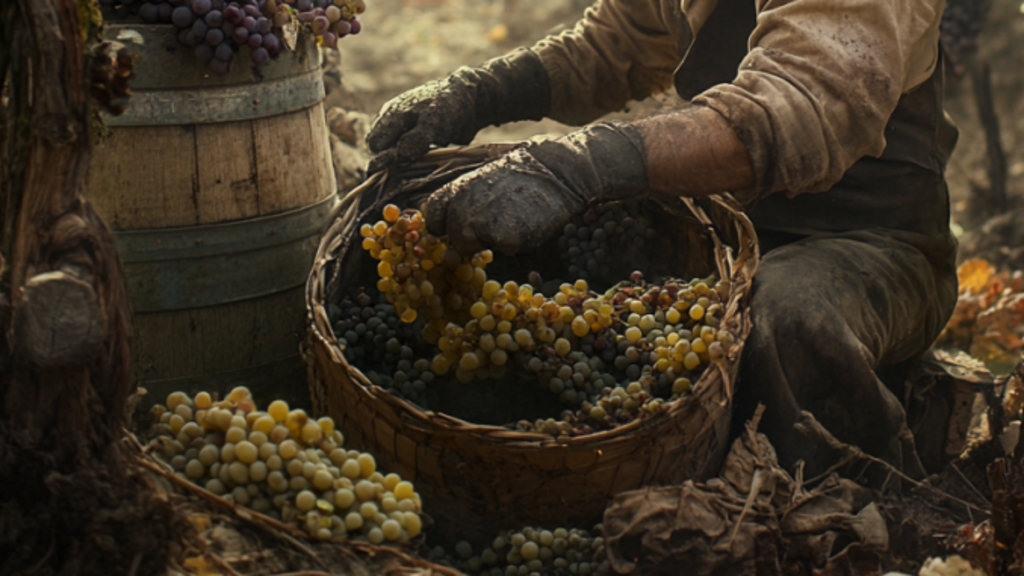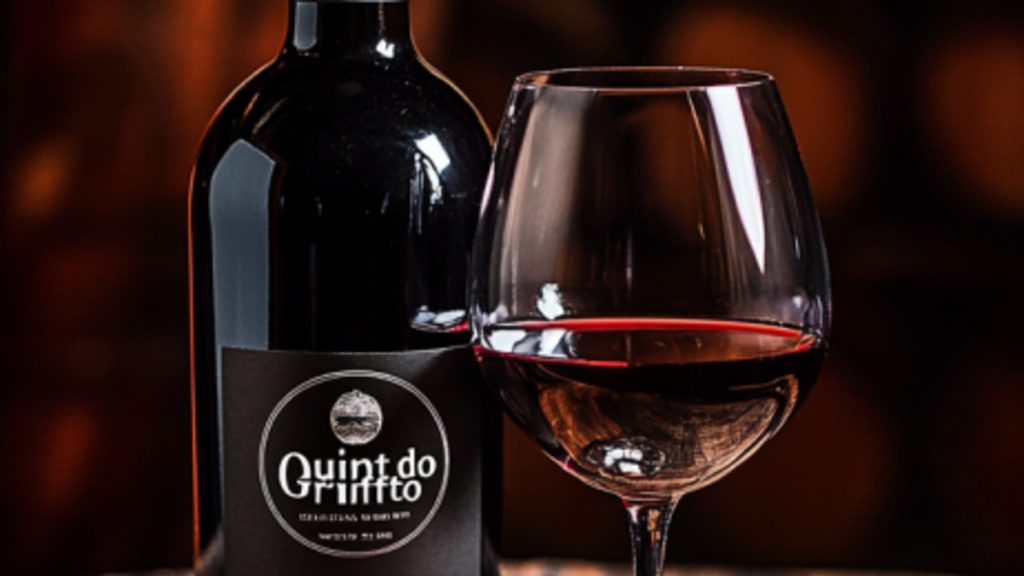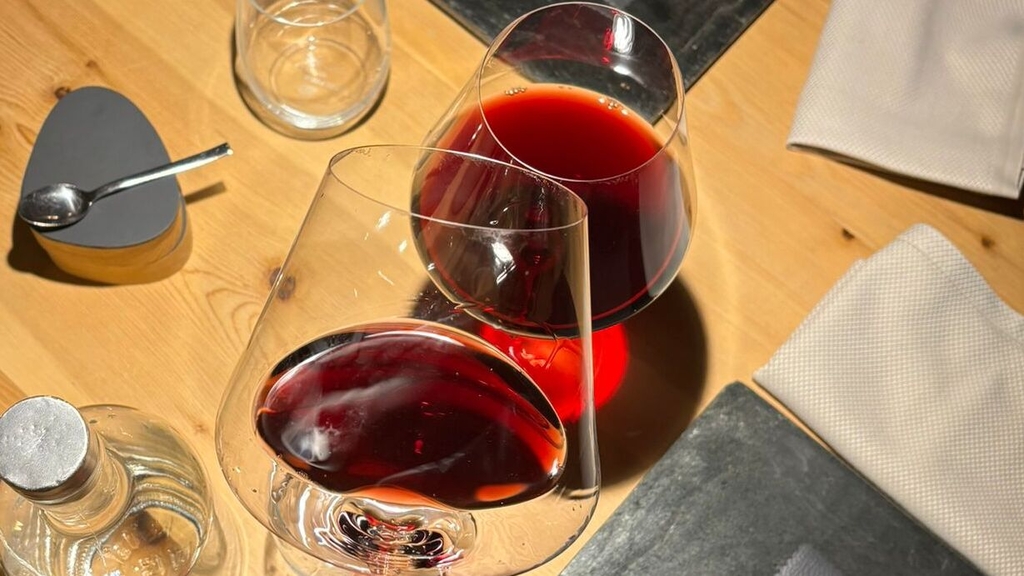The White Wine Made Like a Red Wine
What is Orange Wine?

Orange wine – it sounds exotic, but it is much more than just a trend. This special wine has a long history and aims to combine the best of two worlds. Forget about strictly red or white wine...and welcome orange wine!
What is Orange Wine?
Orange wine is a wine made from white grape varieties, but vinified like a red wine. Instead of separating the grapes from their skins immediately after harvest, the grapes are left in contact with their skins – and often their stems – during fermentation.
This process allows for a stronger extraction of tannins, pigments, and aromas, giving these wines their distinctive orange-yellow color and complex texture. The result is a wine that, in taste and structure, has much more in common with a red wine than with a classic white wine.
The History of Orange Wine
Orange wine is far from being a new fad. In fact, its origins go back to ancient times and it may even be one of the first wines ever made by humans. Orange wine is particularly popular in Georgia, where it is deeply rooted in the country’s culture.

Traditionally, Georgian winemakers ferment their wines in large, handcrafted clay amphorae called Kvevri (or Qvevri), which are often buried underground. The grapes, along with their skins and stems, are placed in the Kvevri and left to ferment naturally and undisturbed for about six months. The result: wines with an unmistakable orange or amber hue, as it is called in Georgia.
One of the oldest and most typical grape varieties used for this process is Rkatsiteli, which is particularly prevalent in the Kakheti region. This region is now world-famous for its orange wines and is experiencing a renaissance of this traditional winemaking style.
How Orange Wine is Made
The magic of orange wine lies in its production. As with red wine, the grapes are not immediately separated from their skins after harvest. Instead, they are left to ferment with their skins (and often the stems), which allows the wine to absorb more tannins and pigments. This maceration process can last from a few weeks to several months.
During maceration, the must and skins are pressed together, bringing out the characteristic aromas, tannins, and colors. Orange wines are often defined by their complexity. The extended skin contact reduces the acidity compared to traditional white wines but develops remarkable structure and depth. The resulting wine is tannic, full-bodied, and has an extraordinary texture.
What Makes Orange Wine So Special?
Beyond its color, it is the combination of freshness and depth that sets orange wine apart. In terms of taste and structure, it falls somewhere between a red and a white wine, making it an exciting choice for wine enthusiasts seeking new experiences.
While orange wine may seem unusual at first glance, its extended maceration often reveals flavors and textures you wouldn’t expect from a classic white wine. Who knows – an orange wine might just be the next great treasure in your glass!
Cheers! 🍷


